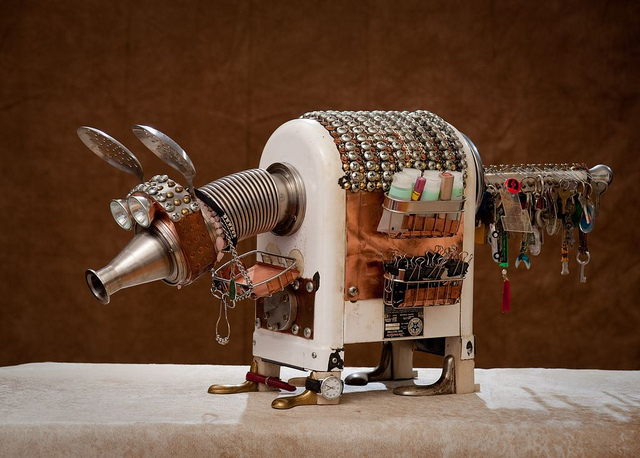Some Attempts at (Re)Definition: Characterization
I have been thinking for a while about how our attempts to define craft terms influence our students’ (and our own) aesthetics, and I have wanted to try other definitions. The first post is here.
–
Characterization:
what makes the character different from everyone else
One of my favorite exercises for characterization is taken from Danzy Senna: start a series of sentences about the same character with “S/he/they were the kind of person who…” One of the best things about this exercise is that as you exhaust what you already know (both personally and culturally) about what kind of character the character is, you come to the really interesting stuff.
In the past I have also taught Janet Burroway’s four methods of direct characterization: “speech, action, appearance, and thought,” and later focused on action and decision, which seem to be perennial oversights. Another exercise that seems to help students and myself is to write a list of every decision a character makes, in order, not skipping things like what they choose to wear that day or things they choose notto do. I also admire what Margot Livesey used to teach: to think about a character’s “attitude.”
What I like about the idea of characterizing via difference is
- It makes it obvious when a character’s one difference from other characters is race or sexuality or ableness or class (etc.). Too often these identity markers are the only form of characterization a supporting character gets, which means the author thinks, for example, being Asianis characterizing in a way that being white is not, and therefore has not thought beyond Asianness to what makes a character himself.
- It acknowledges the usefulness of “types,” so long as the character is the only one of that type in the manuscript. Take, for example, the asshole with a heart of gold who learns, through losing everything, to be kind (many K-dramas). This is a type, of course. But the type exists as a character because he is the only character like this. Or take, for another example, the wealthy man who sees through the posturing of his wealthy friends, yet in the end can’t bring himself to give up this world (Newland Archer in Wharton’s Age of Innocence). Or most characters in a Jane Austen novel.
- Writing other characters with similar but different types in fact helps to make the main character stand out. One of the best ways to emphasize the heart of gold the asshole has is to introduce a character who is an asshole without a heart of gold. The easiest way to invite sympathy for a character is to write in a worse character. The easiest way to make the protagonist’s arc stand out is to write a similar character who is never able to change. Characters as foils and mirrors.
- It takes the focus off of the dreaded “relatability” argument, that characterization in some way draws on similarities between the character and the author or reader. A virus makes everyone goes blind, but one woman is only faking blindness when she can actually see. The woman in this novel isn’t an interesting character because anyone can relate to her by also being able to see. She’s interesting because she’s the only one who isn’t blind. (Saramago’s Blindness.)
- Characters are like words: they have no meaning except in relation to other characters within the same context/language. Contemporary theory tells us that a word has meaning because it has a certain place within a system of other words (Saussure). The word “leg” would mean nothing if it wasn’t different from the word “body” or “arm” or so on. In the same way, characters in a piece of fiction carry and convey meaning—but only in relation to other characters. Take Newland Archer out of high society New York and put him in a group of gamblers in Las Vegas, and the meaning of his character and his arc becomes vastly different.
- It acknowledges the power of circumstances as much as that of agency. If the Asian character is, in fact, different only by race, then what makes him unique isn’t his racial difference but his otherwise similarity. How strange, indeed, that the only difference would be race—that’s a story about seeing a doppelgänger of a different race.
- It helps students writing genre as much as students writing literary fiction—there’s no barrier to entry. It’s easy to explain to students that what makes an elf an elf may be his difference from a human or an orc (different types), but what makes an elf a Legolas is his difference from other elves (difference within the same type).

